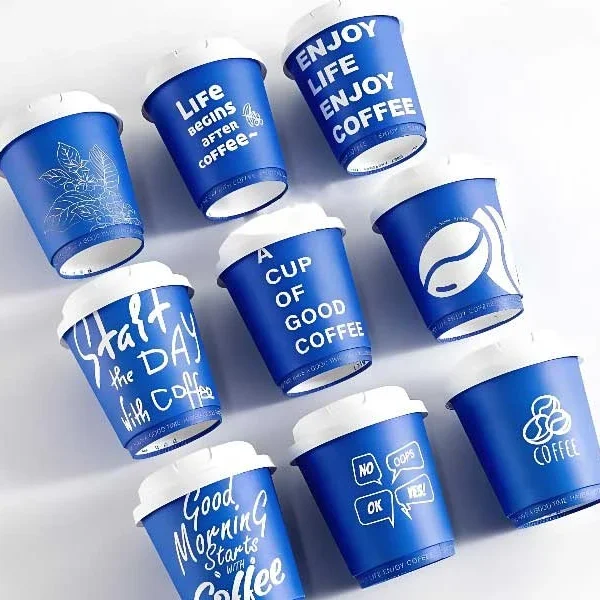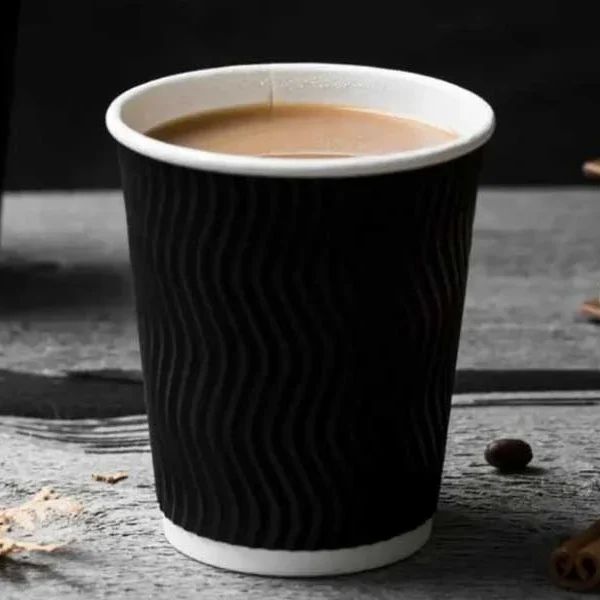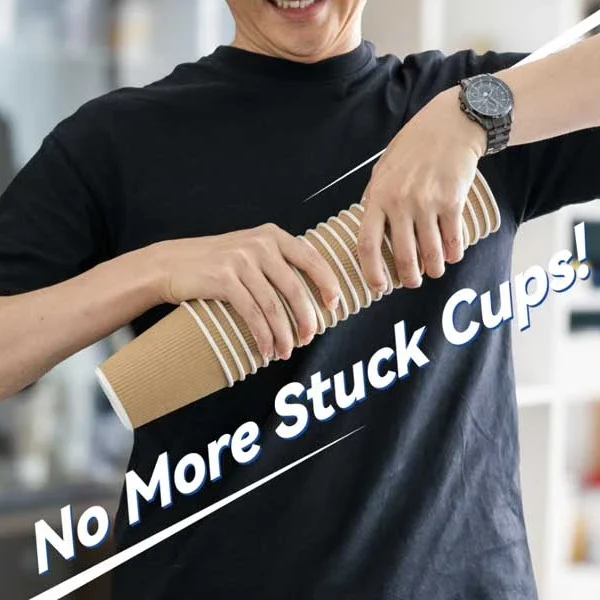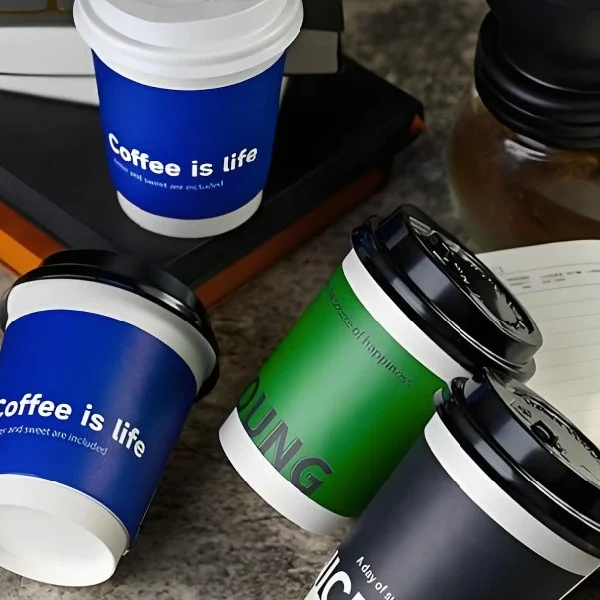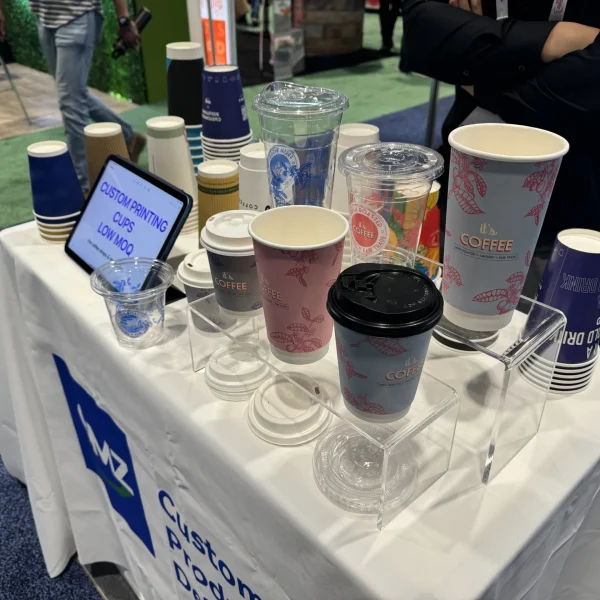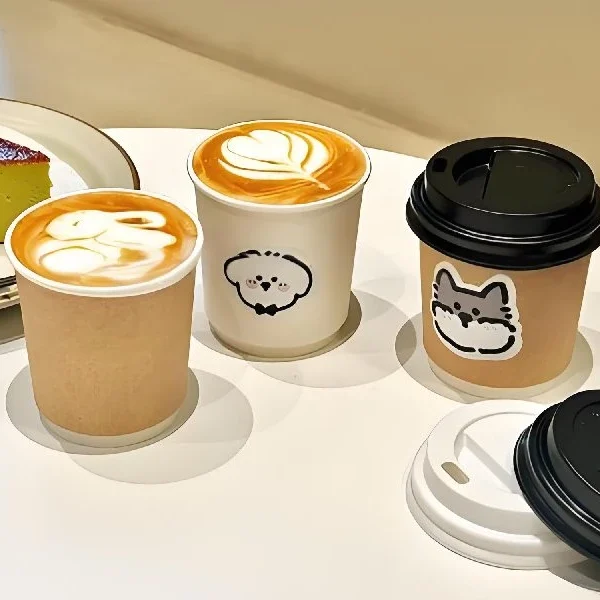There are many different types of food packaging available that are made from various materials including paper, cardboard, plastic, glass, Styrofoam, and more. Each material has beneficial properties for the food it protects but some of the most important factors that you should consider before choosing the right packaging for your needs are the disposability of the packaging as well as the food safety.
If you own a café or takeaway shop, it will be much more beneficial to choose single-use packaging such as paper containers that are both eco-friendly and can also be easily disposed of and recycled after use. Now more than ever, customers are conscious of their contribution to pollution in the environment and it will provide a big boost to your business if you are known to provide environmentally friendly and sustainable packaging for your takeaway food options.
The Different Types of Food Packaging
Plastic
Plastic packaging comes in many forms but the majority of it is unrecyclable making it bad for the environment. PET plastic packing (Polyethylene Terephthalate) has become one of the more popular options as it is a recyclable, lightweight, and shatterproof material that also has barrier properties against moisture and chemicals to protect the food within.
| Pros | Cons |
|---|---|
| Durable and flexible material Ideal for dry and wet food Barrier properties | Not all plastic is recyclable Can cause harm to the environment Costs a lot of energy to manufacture |
Paper
Paper packaging is a popular food packaging type and is available as boxes, cups, bowls and many more options to provide a suitable container for a range of foods. The paper is made from renewable resources such as wood pulp which makes the packaging recyclable and biodegradable. Some paper packaging also has a PLA lining which stops the paper from getting soggy, prevents leakages and strengthens the durability of the containers.
| Pros | Cons |
|---|---|
| Recyclable Lightweight and durable Less energy and cost to manufacture | Can be weakened by damage Less barrier properties |
Glass
Glass is another type of food packaging available as bottles and jars that are often used in supermarkets and it is suitable for dry and wet food, liquids and acidic contents. This is not suitable for takeaway packaging as it can be heavy and breakable and so is more likely used for long-term products.
| Pros | Cons |
|---|---|
| Solid packaging material Food safe Long-term food preservation | Easily breakable More expensive Heavy |
In Terms of Sustainability
In recent years, more and more businesses are trying to improve their sustainability and impact on the environment by choosing the right packaging. Paper packaging has become a popular choice as it is fully recyclable and biodegradable and is a durable material that can be used for drinks and a range of different types of food packaging, ideal for takeaways.
Plastic is another food packaging type but this isn’t always recyclable or degradable and a lot of plastic is left in landfill which has a huge impact on the environment. Businesses are now encouraged to choose more eco-friendly packaging that is food-safe and can be recycled and reused to reduce waste.
How to Choose the Best Food Packaging Type
There is a range of different options for packaging depending on the type of food you provide and there are many factors to consider before you make your decision.
1. Food Safety
Depending on the type of food you sell, the right packaging is essential and the packaging should also be EU FCM (Food Contact Materials) certified. Paper packaging is made from high quality food grade paper, plastic is tightly sealed to avoid contaminates and glass is corrosion resistant and ideal for acidic contents. The right packaging will also depend on whether the food is wet or dry. Paper packaging does have a PLA plastic lining to prevent leakages but will be most suitable for dry foods, whereas plastic and glass are stronger and more durable meaning they can hold both dry and wet foods.
2. Eco Friendly
Businesses now need to focus on providing an eco-friendly service as it not only reduces their carbon footprint but environmentally conscious customers will also be happy to purchase your products knowing it will reduce their contribution to pollution. It is a very good idea to choose a food packaging type made from a sustainable material that is fully recyclable and biodegradable which is better for the environment.
3. Costs
Cost is a major factor when it comes to choosing packaging. Paper requires less energy and fuel consumption during manufacturing and transportation than plastic packaging as it uses renewable resources and is a lightweight material, meaning it also costs less to produce. Packaging made from sustainable materials is also cheaper and is the more economical option that can be recycled and reused to reduce waste.
4. Barrier Properties
Depending on the food you sell, barrier properties are essential to protect the food. Plastic and glass packaging has good barriers against moisture, gas, and light which can affect the quality of the product if the barrier isn’t good enough. Paper packaging is suitable for dry food but it doesn’t have as strong barrier properties as plastic and so you must choose the type of packaging wisely to ensure the contents are well protected.
5. Shelf Life
The right type of packaging will depend on the shelf life of your product. If you offer takeaways, paper packaging is an ideal choice as it is available for single use and can easily be disposed of, whereas shops that offer food with a longer shelf life should choose a more durable material that will seal and protect the contents of the container and keep it fresh long term.
6. Customer Accessibility
The best type of packaging for your food products should also be focused on the customer. It should be a convenient container that is easy to open, close, and store in cupboards and should function well as a food container by preventing spillages and leaks and keeping the contents fresh and uncontaminated. This will enhance customer experience and may keep them buying your products if the packaging is to their satisfaction.
7. Advertisement
Another essential factor to consider is the ability to advertise your company on the packaging to boost future sales. Paper, plastic, glass, and many more food packaging types are all suitable options for custom printing in which your logo can be printed on the packaging to advertise your service and promote your brand. You should have a bold, standout design that will catch customers’ eyes and effectively provide a free marketing tool for your business.
GMZ Collection
Here at GMZ our company prides itself on providing a selection of sustainable and eco-friendly packaging that is ideal for different food types. We offer paper soup cups, paper bowls, paper takeaway food containers, and pizza boxes which are all essential food packaging types for a café or restaurant that offers takeaway food. All products are available in a range of sizes to suit all portions and are suitable for both hot and cold food with protective barriers included. There are different takeaway food containers available with various types of clasps and lids to seal and protect the contents within and prevent spillages and the boxes are also freezer-safe and fully recyclable.
GMZ also provides a custom printing service in which you can have your business logo printed on your chosen food packaging type to promote your business and broaden your reach. This will potentially increase your customers who have seen your logo on your takeaway containers and want to take a trip to your venue. Customers also like to know that their purchases are eco-friendly so they know that they are doing their part for the environment. There are different types of food packaging on offer that are food-safe, have good insulation, and are recyclable.





